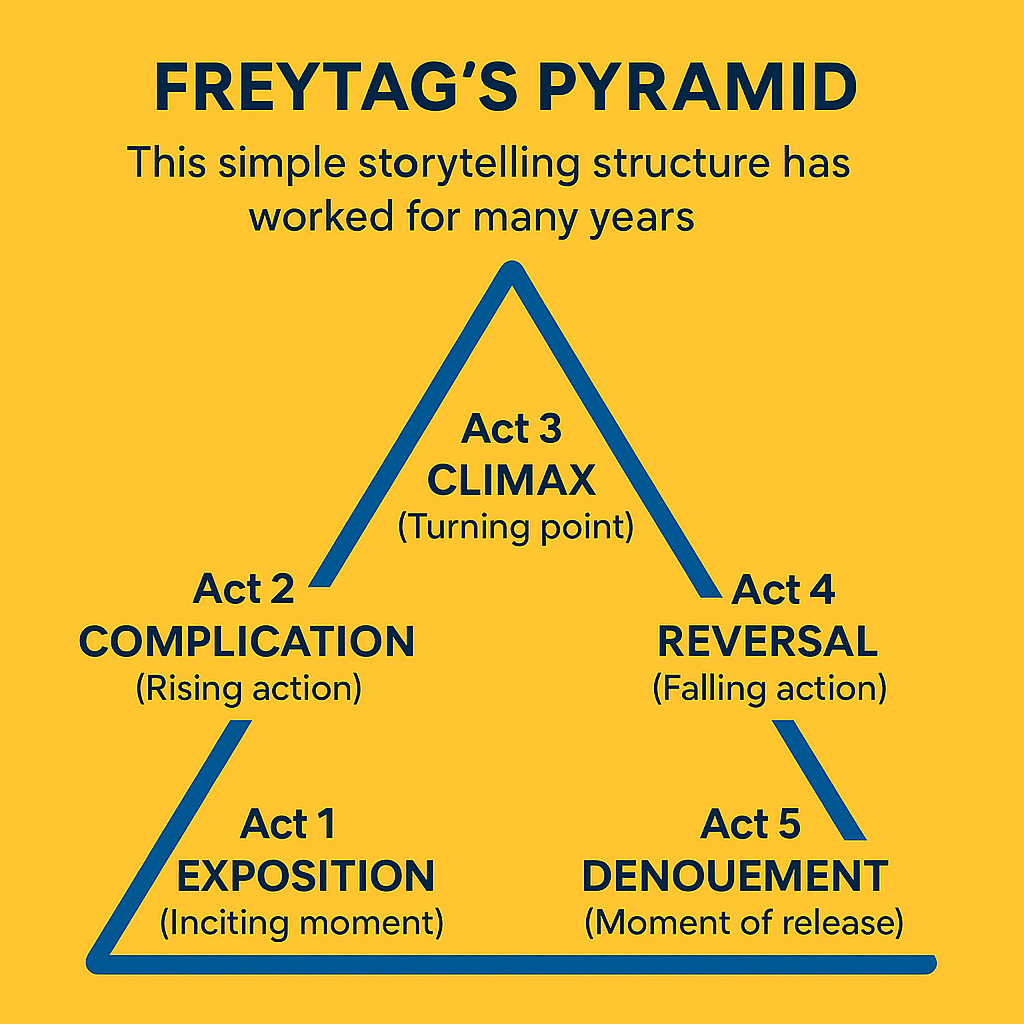🩺 A Med Storyteller’s Guide to Building Brand Recall in Pharma
In pharmaceutical sales, there’s a familiar frustration shared by medical representatives and marketers are:
“The doctor listened, agreed… and still prescribed another brand. When asked, they said, “I just couldn’t remember your brand name’.”
Sound familiar?
You’ve detailed your molecule, shared clinical studies, dropped off literature and samples, and reinforced the pitch with brand reminders — yet your brand doesn’t land on the prescription pad.
So you may ask:
“Why do doctors forget my brand?”
“Where am I lacking?”
Let’s unpack the psychology, science, and sales mistakes that lead to low brand recall — and most importantly, how to change that.
🧠 The Cognitive Overload: You’re Not the Only One
Doctors — especially specialists and consultants — meet 10–15 medical reps daily. That’s 50–75 brands pitched in a single day.
Each one claims to be:
- More bioavailable
- More effective in trials
- Approved/recommendations by top authorities
Without differentiation, your brand becomes background noise.
❌ Complex Messaging = Forgotten Messaging
Medical reps often fall into the trap of
-Using complex pharmacological jargon
-Overloading doctors with visual data
-Making 3–4 claims in one call
Result? Doctors remember none of it.
Research shows that the simpler the message, the higher the recall. In the digital age, “clarity trumps cleverness.” People remember clear, not complex.
📌 Simplicity sells. Simplicity sticks.
❤️ You Didn’t Anchor It in Emotion
“Facts tell. Stories sell.”
Doctors aren’t just scientists — they’re humans, and like all of us, they remember what moves them, not just what informs them.
Even a 10-second clinical case — a stroke patient recovering, a mother sleeping again after a child’s migraine subsided or a chronic alcohol user back to life— can implant your brand into the doctor’s memory.
Enter: Freytag’s Pyramid – The 5-Step Formula That Makes Stories Stick
This storytelling structure has worked for thousands of years, from Greek drama to Netflix series — and yes, even in pharma pitches

Use this to structure your brand narrative in under 60 seconds:
Act 1 – Exposition: Set up the patient’s situation
“A 38-year-old male walked into the outpatient clinic with visible tremors, poor concentration, and a history of excessive alcohol use for 6 years. His liver enzymes were elevated, and he had missed three work deadlines in a month. He admitted he had tried to quit multiple times — but relapsed each time.”
Act 2 – Complication: Highlight the challenge
“Previous treatment attempts using behavioral counselling and generic multivitamins had failed. The patient lacked clarity, motivation, and felt constantly fatigued. The hepatologist noted early signs of alcoholic fatty liver, elevated AST/ALT, and high GGT.”
Act 3: Climax (The Intervention – Metadoxine Introduced)
“The clinician decided to initiate treatment with Metadoxine 500 mg BID — aimed not just at liver detox but also to improve mental clarity and reduce craving. Within 2 weeks, the patient’s sleep improved. His ability to focus during counselling also got better.”
Act 4: Reversal (Visible Improvement)
“By the 6th week, liver enzymes showed measurable improvement. But more importantly — the patient said he had gone 35 days without alcohol, voluntarily. He had resumed work and shared that for the first time in years, he didn’t wake up tired or foggy.”
Act 5: Denouement (Emotional Payoff)
“At his 3-month review, he came with his wife — she said, ‘I finally have my husband back.’ The doctor smiled. It wasn’t just about liver protection. It was about reclaiming a life.”
🟡 Why This Works
This story:
- Demonstrates the dual action of Metadoxine (liver + cognitive benefit)
- Highlights patient-centric outcomes, not just biomarkers
- Makes your brand emotionally memorable
- Uses a proven narrative arc — Freytag’s Pyramid — to drive recall
🎯 Lack of Relevance to the Doctor’s Practice
You may have a brilliant product — but if your pitch doesn’t match their clinical reality, it feels irrelevant.
Instead of saying:
“This drug is great,”
say:
“In your diabetic hypertensive patients over 60, this reduces vascular stiffness by 30%.”
🧠 That’s when the brand moves from theory to practice — from being “just another product” to “a solution for my patient.”
🔁 Inconsistency in Follow-Up
Even if your pitch is perfect, one visit isn’t enough.
You need to:
- Revisit
- Reinforce your story.
- Drop visual or emotional brand cues
- Stay top-of-mind
According to research, brand trust and recall are built through repeated, value-based micro-interactions — not just one-time persuasion.
🎯 Prescription is habit. And habits change through repetition.
💊 The Med Storyteller’s Prescription: 5 Keys to Brand Recall
✅ Anchor your brand to one strong, simple benefit.
✅ Tell a story — even a mini clinical case.
✅ Customize your pitch to the doctor’s specialty.
✅ Use visual and emotional memory cues — mnemonics, analogies, humor.
✅ Be present. Be consistent. Be valuable.
Final Word
-Your molecule deserves better.
-Your message deserves to be told better.
-Your brand deserves to be remembered.
This is The Med Storyteller.
Helping you turn brand noise into brand memory — one story at a time.
0 Comments